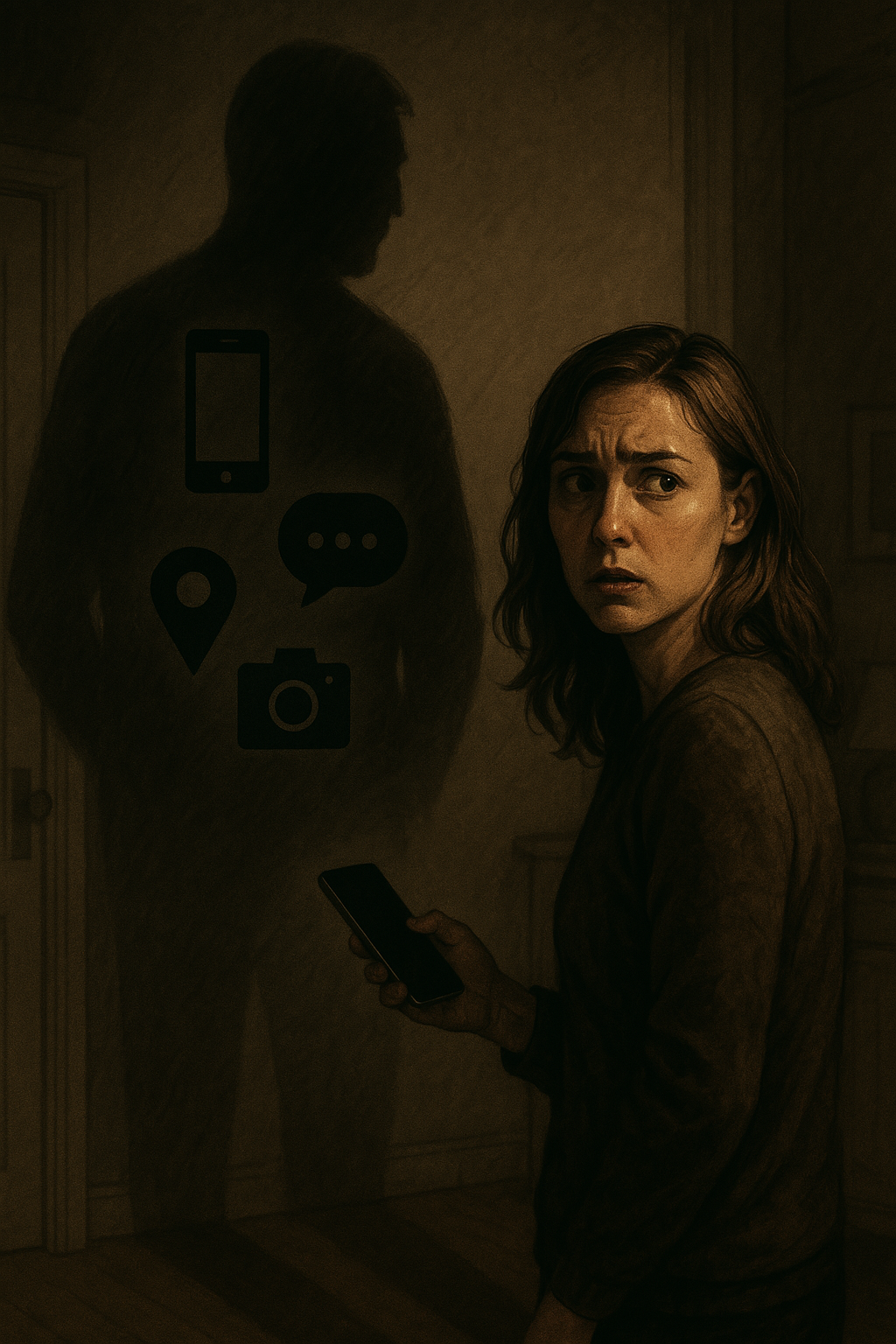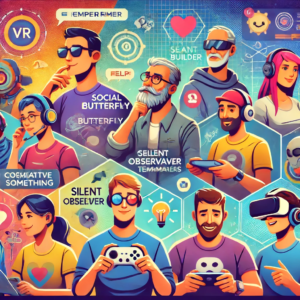Domestic Violence in the Digital Age: Tech Abuse & Trauma
For countless Australian survivors of domestic and family violence, technology-facilitated abuse has become just as damaging — and far more inescapable — than physical harm. The phone in your pocket, the camera in your home, even the smart device tracking your steps can become instruments of control and fear. It’s a chilling reality: over 99% of domestic violence survivors also experience technology-based abuse, according to the eSafety Commissioner.
🚁 Modern Tactics of Digital Coercion
Imagine this: Emma’s ex-partner secretly installed spyware on her phone and later created fake social media profiles to impersonate her, sending vile messages to her friends. She didn’t just lose her sense of safety — she lost control of her identity.
Technology allows abusers to extend their reach far beyond closed doors. Common tactics include:
Relentless texting or calls — sometimes hundreds a day
GPS or fitness app tracking to monitor movements
Hacking into email or social media accounts
Misusing smart home devices — e.g., locking doors remotely or spying via cameras
Threats to release intimate images (image-based abuse)
According to LENS.Monash.edu, 37% of tech abuse victims identified their abuser as a current or former intimate partner, reinforcing that this is not just digital nuisance — it’s domestic violence by another name.
🧠 The Impact on Mental Health
Tech abuse doesn’t just stalk your phone — it stalks your mind.
Victims report severe trauma, insomnia, panic attacks, and suicidal ideation. The abuse is often constant and inescapable, leading to a form of digital hypervigilance. As one survivor described:
“Even after I left him, he was still in my phone. I couldn’t breathe. Every notification felt like a threat.”
Children are also affected. eSafety data shows 27% of domestic violence cases involve tech abuse of children. Even just witnessing abusive messages sent to a parent can traumatise young minds, leaving deep psychological scars.
⚖️ Legal Protections – and Gaps That Still Endanger Lives
There’s growing recognition that digital coercive control is real abuse. In Australia:
Breaching an AVO (Apprehended Violence Order) by sending a threatening message is illegal.
Federal law criminalises cyberstalking and using a carriage service (e.g. phone, internet) to menace or harass.
The eSafety Commissioner’s ‘eSafety Women’ program helps survivors secure their tech and online presence.
But enforcement often lags. Police may downplay the severity of abusive texts or suggest victims “just get a new number,” failing to grasp how these tactics escalate offline. Several states — like NSW and Queensland — are working to criminalise coercive control, including tech abuse, but broader national reform is needed.
❌ Breaking Down Misconceptions
It’s time to debunk some harmful myths:
“If there’s no physical harm, it’s not real abuse.”
False. Digital surveillance, threats to share images, or controlling someone’s communication are all forms of coercive control — deeply damaging and now recognised in legal reform efforts.
“Why don’t they just turn off their phone?”
Oversimplified. Doing so can isolate victims from their support networks or even escalate physical violence. Survivors shouldn’t have to cut themselves off from the world — the onus should be on stopping the abuser.
“Tech abuse is just some angry texts.”
Not at all. Survivors often describe the experience as psychological warfare. Imagine knowing your abuser watches your every online move or floods your inbox with death threats — it’s a continuous state of fear.
“You can’t police the internet.”
You can, and we must. Legal protections exist, and more are coming. Offenders can be charged, and courts increasingly recognise online contact as breaches of orders.
🙋♀️ Support Services & Calls for Change
Support is available — but we need to go further:
Resources for survivors:
1800Respect — 24/7 national counselling
WESNET — helps with phones and safety planning
eSafety.gov.au — tools to detect spyware, lock down accounts
What needs reform:
Mandatory tech abuse training for police and family law caseworkers
Stronger funding for safe tech (e.g. secure phones and apps)
Laws updated for modern tools (including stalkerware, deepfakes, and emerging tech threats)
Survivor voices prioritised in legal reform — real-world testimony is vital
“He used to threaten me with knives. Now he just uses my iCloud account.”
— A survivor
🔍 Conclusion
Tech abuse is not futuristic — it’s already here. And it’s terrifying in its invisibility. We need to shift the conversation and the law from reacting to violence to recognising and preventing coercive control in all its forms — especially digital.
Domestic violence survivors deserve to feel safe on their devices, not stalked through them. Until laws, police practices, and public attitudes reflect that, the abuse will continue — just in pixels instead of punches.




